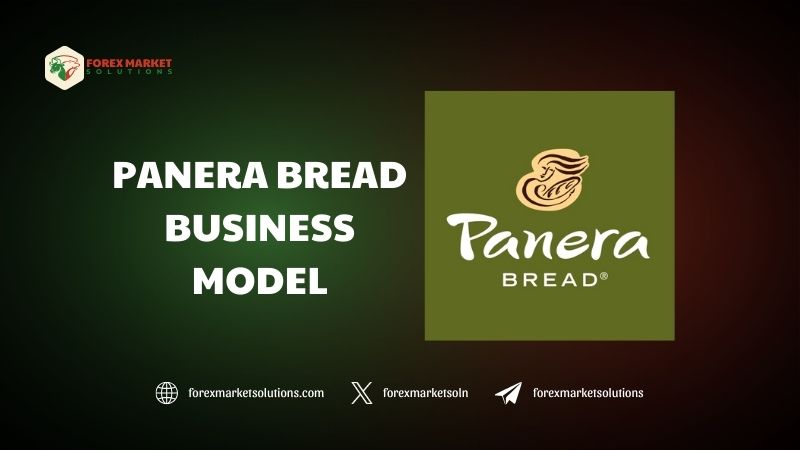The fast-casual dining industry has seen remarkable evolution over the years, and few brands exemplify this transformation as well as Panera Bread. The Panera Bread business model stands out as a blueprint for blending quality, convenience, and innovation, making it a leader in its sector. Founded in 1987 as St. Louis Bread Company, Panera has grown from a modest bakery into a powerhouse with over 2,000 locations across the United States and Canada by 2025, offering freshly baked goods, sandwiches, soups, and more. This article explores the Panera Bread business model, delving into its core components, its adaptability to modern trends, and how its principles can even inspire strategies in unrelated fields like Forex trading, where precision and responsiveness are key.
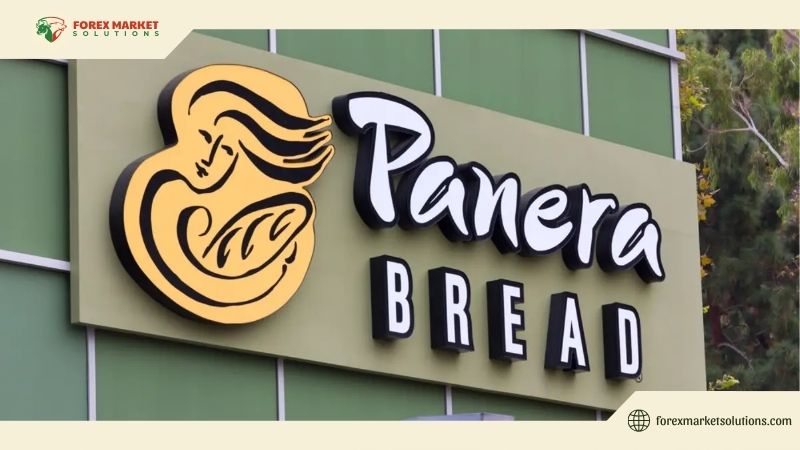
The Panera Bread business model thrives on a commitment to high-quality food, a welcoming atmosphere, and cutting-edge technology, all while maintaining affordability—a mix that resonates with today’s consumers. In 2025, as economic shifts and digital advancements reshape markets, Panera’s approach offers lessons in resilience and customer focus that extend beyond dining. For Forex traders, who navigate volatile currency pairs like USD/CAD or EUR/USD, understanding how Panera balances stability and innovation could spark ideas for managing risk and seizing opportunities. This guide breaks down the model’s strengths, its evolution, and its relevance in a fast-changing world.
The Foundation of Panera Bread’s Success
The Panera Bread business model is rooted in the fast-casual concept, a hybrid that merges the speed of fast food with the quality and ambiance of casual dining. Unlike traditional fast-food chains, Panera prioritizes fresh ingredients—think artisan breads baked daily, antibiotic-free meats, and no artificial additives. This “clean food” ethos, launched years ago with its no-preservative pledge, appeals to health-conscious diners, setting it apart in a crowded market. By 2025, with over 50% of its sales coming from digital channels, Panera proves this foundation adapts seamlessly to modern demands.
At its core, Panera’s model hinges on creating an “everyday oasis”—a cozy space with free Wi-Fi, cushioned seats, and a community vibe. This isn’t just about selling a $7 sandwich or a $5 soup; it’s about offering an experience where customers linger, work, or relax, boosting loyalty. The Panera Bread business model leverages this environment to drive repeat visits, much like a Forex trader might rely on consistent patterns—say, a USD/JPY trend—to build steady gains. Revenue streams diversify beyond dine-in, with catering, digital orders, and franchise royalties fueling growth, a strategy that mirrors diversified portfolios in trading.
Panera’s early focus on niche dominance—bakery-cafés with a deli twist—allowed it to perfect its offerings before scaling. By keeping food costs below 25% through efficient sourcing (e.g., low-cost proteins turned into craveable dishes), it maintains profitability without steep markups—a lesson in cost management any trader could appreciate.
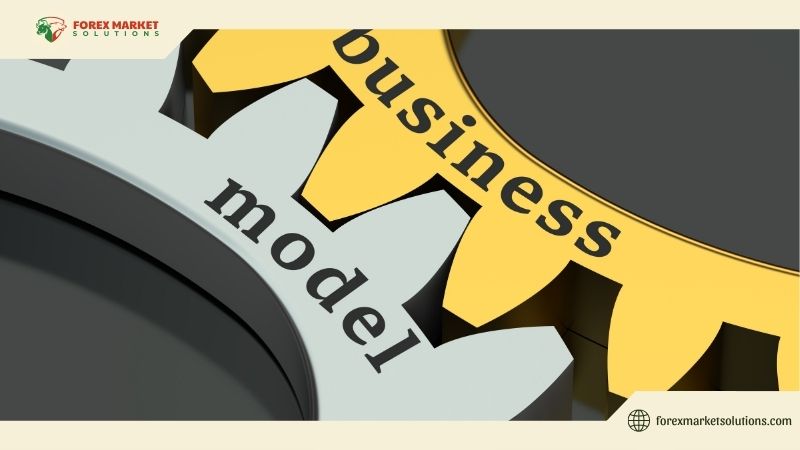
Technology and Innovation in the Model
A standout feature of the Panera Bread business model is its embrace of technology, a move that’s kept it ahead in 2025’s digital-first world. The MyPanera loyalty program, with millions of members, personalizes rewards—free pastries or discounts—based on purchase history, driving a 200% visit increase during its coffee subscription pilot. This data-driven approach mirrors Forex traders using analytics to predict EUR/USD moves—knowing your market pays off. The $8.99/month MyPanera+ Coffee subscription, offering unlimited coffee and tea, hooks customers into daily visits, often paired with food orders, boosting sales.
Digital ordering—via apps, kiosks, and contactless dine-in—accounts for over half of transactions by 2025, streamlining operations and cutting wait times. Rapid Pick-Up lanes and delivery hubs cater to on-the-go consumers, while geofencing ensures orders are ready when customers arrive. This agility parallels Forex trading’s need for quick execution—enter a USD/CAD trade at 1.3700, exit at 1.3650—where timing is everything. The Panera Bread business model uses tech not just for convenience but to deepen customer ties, a strategy that ensures steady revenue in a competitive landscape.
Sustainability adds another layer—sourcing from ethical suppliers and reducing waste through donations (Day-End Dough-Nation) enhances its brand. In 2025, as consumers prioritize eco-conscious brands, this strengthens Panera’s edge, much like a trader might favor a stable currency amid market turbulence.
Panera Bread Business Model: Revenue and Growth
The Panera Bread business model generates revenue through multiple channels, a diversification that fuels its 2025 growth. Company-owned bakery-cafés form the bulk, selling $2 billion in food and drinks annually—sandwiches at $7, soups at $5—directly to customers. Franchise royalties, a steady stream, come from over 1,000 franchised locations, with operators paying initial fees and 5% of sales. Fresh dough sales to franchisees add another layer, while catering and digital platforms tap into events and remote orders, pushing total revenue past $5 billion in recent estimates.
Growth stems from scalability—new locations in suburban and urban hubs mirror Forex traders expanding into new pairs like AUD/USD for profit. The model’s low upcharge—$0.50 soup sold for $2—keeps it affordable, driving volume over margins, a tactic akin to scalping small pips repeatedly for gains. In 2025, Panera’s focus on breakfast (30% of catering) and innovations like Flatbread Pizzas widens its appeal, ensuring the Panera Bread business model adapts to shifting tastes while maintaining its core identity.
This multi-pronged approach—sales, royalties, dough—offers stability, much like a trader hedging USD/CAD longs with AUD/USD shorts to offset risk. Panera’s ability to evolve—adding drive-thrus or e-commerce—keeps it resilient amid economic shifts.
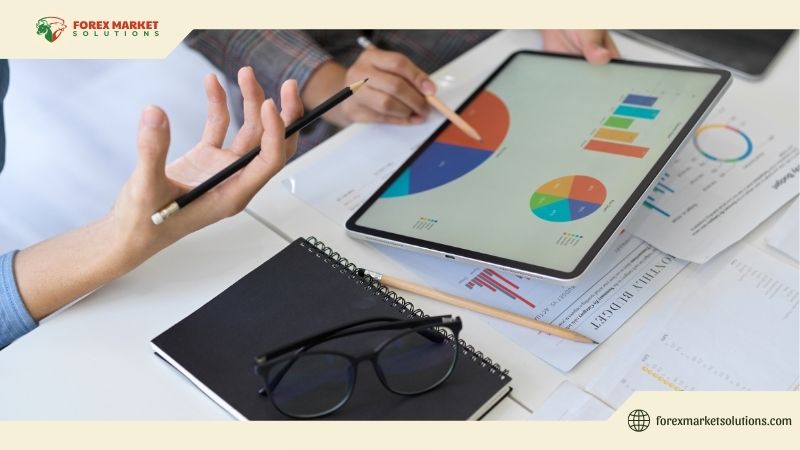
Lessons for Forex Trading
The Panera Bread business model offers surprising parallels for Forex traders in 2025. Its emphasis on consistency—fresh bread daily, reliable service—echoes the discipline needed to trade USD/JPY trends profitably. Panera’s use of data (MyPanera insights) aligns with traders analyzing RSI or MACD to time entries—say, selling EUR/USD at 1.1050 on a bearish signal. Diversification—multiple revenue streams—mirrors spreading risk across pairs like GBP/USD and USD/CHF to weather volatility.
Adaptability stands out—Panera pivots with trends (digital sales, sustainability), just as traders adjust to Fed rate hikes or oil shocks impacting USD/CAD. Risk management shines too—low food costs and donations minimize losses, akin to tight stops (1.3700 sell, 1.3730 stop) on a trade. In 2025, with markets swinging on AI news or policy shifts, the Panera Bread business model suggests a blend of patience, innovation, and calculated moves—buy 0.02 lots at 1.3600, aim for 1.3550—can yield steady wins.
Challenges and Competition
The Panera Bread business model isn’t without hurdles in 2025. Competition from Starbucks, Chipotle, and McDonald’s—offering coffee, fast-casual meals, or value deals—threatens market share. A looming recession could squeeze discretionary spending, dropping $7 sandwich sales, while food scarcity from climate shifts raises costs—flour up 10% might push soup from $0.50 to $0.60 to make. Panera counters with efficiency—digital cuts labor, subscriptions lock in revenue—much like a trader scales down lots (0.01) in choppy markets.
Brand strength—81% US recognition—and a cozy vibe keep it ahead, but innovation must persist. In Forex, a false USD/CAD break at 1.3700 mirrors Panera’s risk of losing diners to a rival’s gimmick—a new $5 meal deal. The Panera Bread business model thrives by staying nimble, a lesson for traders dodging 50-pip whipsaws.
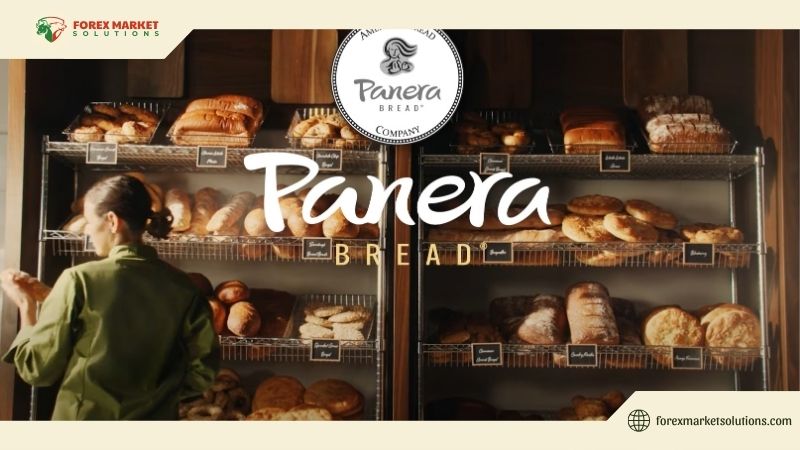
A Model for 2025 and Beyond
The Panera Bread business model in 2025 is a masterclass in blending tradition with modernity—fresh bread meets digital kiosks, affordability meets quality. Its success—over $5 billion in revenue, 2,000+ locations—rests on customer focus, tech integration, and adaptability, principles that resonate in Forex trading’s fast-paced world. Whether it’s locking in USD/JPY gains or serving a $2 soup, the Panera Bread business model shows how consistency, innovation, and risk management drive results. In a year of economic flux, it’s a roadmap for thriving—on plates or charts.
For more insights on market strategies, follow Forex Market Solutions — your guide to success in 2025 and beyond.
